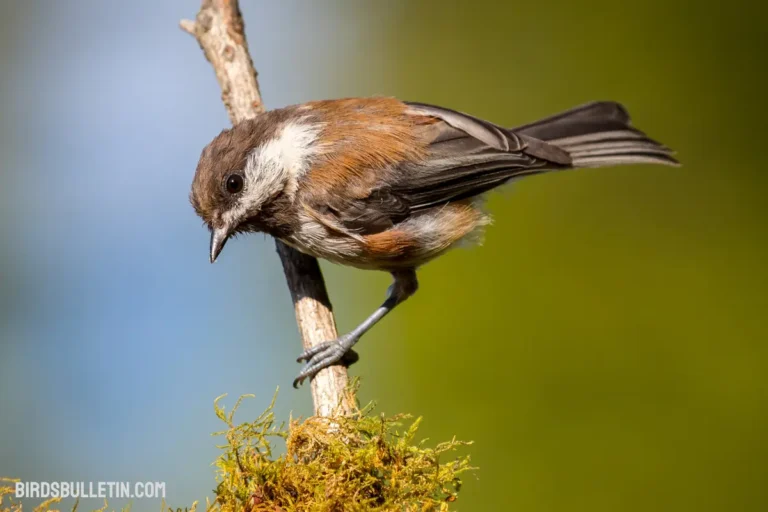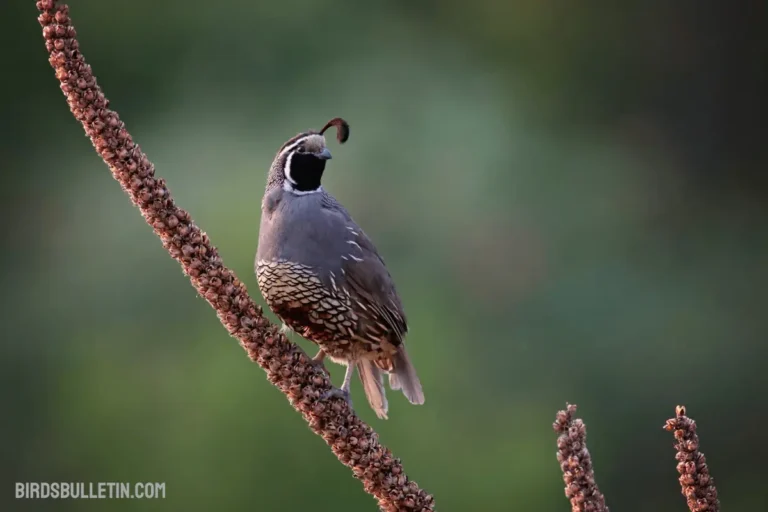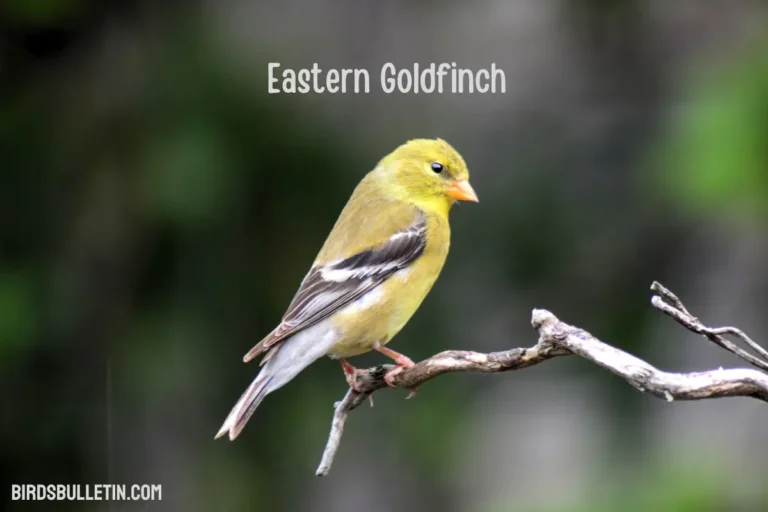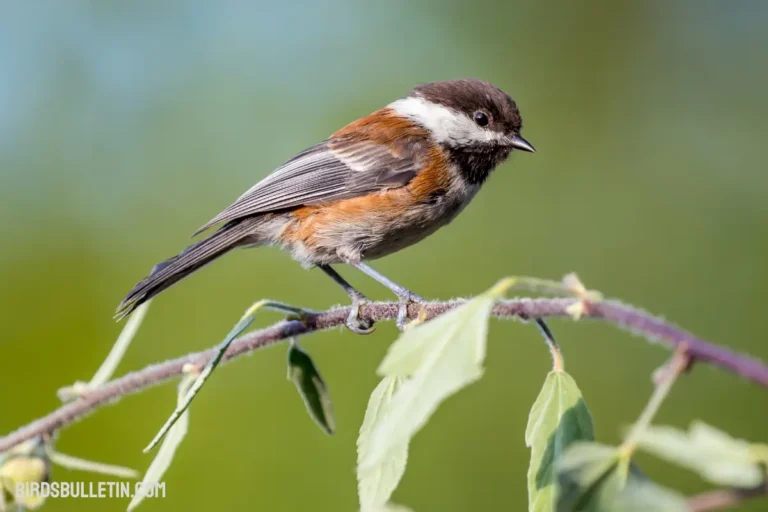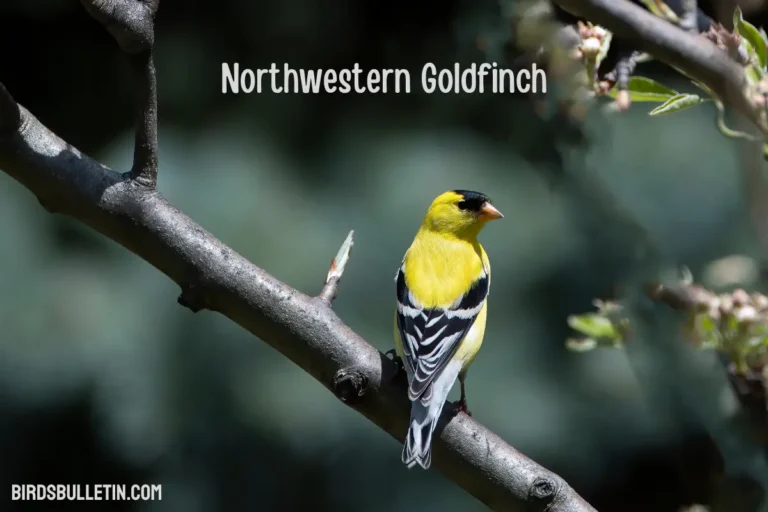Overview Of The Galapagos Brown Pelican
The Galapagos Brown Pelican is a subspecies endemic to the Galapagos Islands in the eastern Pacific Ocean. This highly marine subspecies nests and feeds on the islands and surrounding waters of the archipelago.
Scientific Classification
- Kingdom: Animalia
- Phylum: Chordata
- Class: Aves
- Order: Pelecaniformes
- Family: Pelecanidae
- Genus: Pelecanus
- Species: P. occidentalis
- Subspecies: P. o. urinator (Wetmore, 1945)
Looking for more overview about bird subspecies:
Identification
The Galapagos Brown Pelican has similar brown-gray plumage like other subspecies but the white feathers on the head and neck are more extensive. The large bill and throat pouch are bright orange.
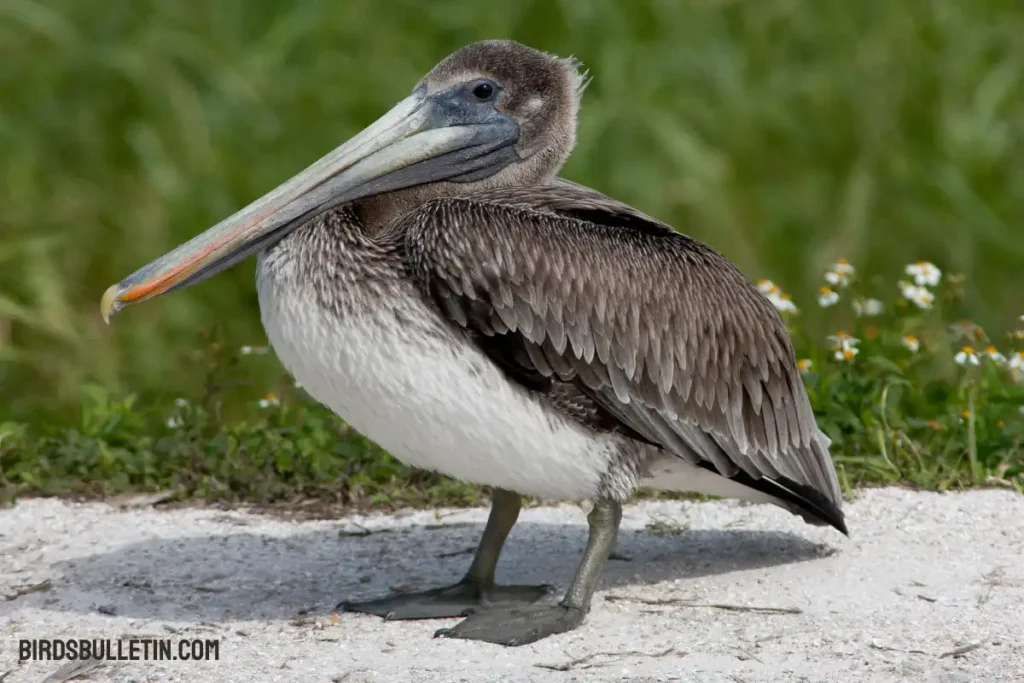
It has a wingspan of around 7 feet. Compared to other subspecies, P. o. urinator has reduced webbing between its toes.
Location
This subspecies is endemic to the Galapagos Islands about 600 miles west of Ecuador. It nests and feeds on most of the islands in the archipelago.
Some dispersal occurs between islands but the range is limited to the Galapagos.
Interesting Facts
- Feeds almost exclusively on fish and some crustaceans caught by plunge diving.
- Nests can be in mangroves, on rocky cliffs, or on the ground on beaches.
- Males and females share incubation duties over 4-5 weeks until the eggs hatch.
- Parents regurgitate fish to feed the chicks until fledging at 10-11 weeks.
- Estimated to live up to 25 years in the wild.
Status
The Galapagos Brown Pelican has a very small global population of around 2,200 mature individuals. Habitat disturbance and introduced species pose threats, but its status seems to be stable over recent decades.
However, its limited range makes it vulnerable to any disruptions. Continued protection in the Galapagos is needed.
Conservation of Natural Habitat
Conservation initiatives in the Galapagos Islands focus on protecting the unique habitats crucial for the Galapagos Brown Pelican’s survival.
This includes enforcing strict regulations to prevent disturbances, managing tourism activities to reduce human impact, and preserving the delicate balance of the island ecosystem.
Frequently Asked Questions
01. Why is the Galapagos Brown Pelican population limited in size?
Due to its small endemic range on the Galapagos Islands, the global population size of this subspecies remains restricted to a few thousand pairs.
02. Are Galapagos Brown Pelicans different from other Brown Pelican subspecies in terms of behavior?
Galapagos Brown Pelicans exhibit unique behaviors influenced by their specific island habitat. They have adapted to the Galapagos environment, displaying distinct foraging and nesting behaviors compared to other Brown Pelican subspecies.
03. How does the Galapagos environment impact the Galapagos Brown Pelican’s diet?
The Galapagos Brown Pelican’s diet is influenced by the availability of prey species in the Galapagos marine ecosystem. Their feeding habits are adapted to the specific fish species found around the Galapagos Islands, shaping their dietary preferences.
Verdict
Found only in the unique Galapagos Islands ecosystem, the Galapagos Brown Pelican fills an important niche as a top marine predator and scavenger.
Maintaining healthy populations of this endemic subspecies in the islands where it has evolved requires ongoing conservation to balance tourism pressures and impacts.


